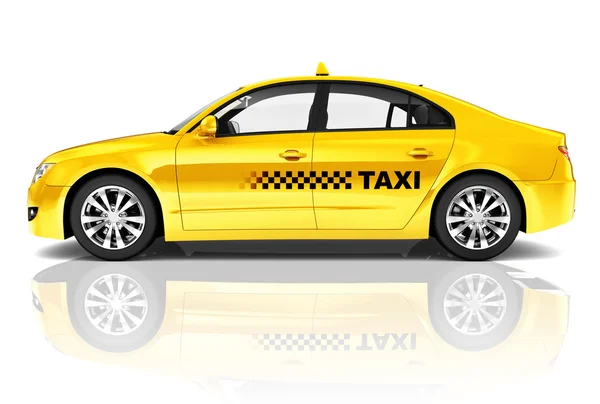Applications for the vital fifth and final Self-Employment Income Support Scheme (SEISS) grant are now open.
Struggling self-employed workers that include taxi drivers and other trades people, can claim the fifth grant if they think that their business profit has been impacted by coronavirus (COVID-19) between 1 May 2021 and 30 September 2021.
In guidance released by HMRC it details who is eligible and how struggling self-employed workers can make the claim.
HMRC have contacted eligible workers earlier this month to give them a personal claim date. Eligible customers can apply anytime from their personal claim date until 30 September 2021. The online claims service is now open for those with earlier individual claim dates provided by HMRC. The dates handed out by HMRC range from the end of July through to the first week of August.
The value of the fifth and final grant will be determined by how much the worker’s turnover has been reduced in the year 2020-21 compared to before the pandemic.
People whose turnover has fallen by 30% or more will continue to receive the full grant worth 80% of three months’ average trading profits, capped at £7,500. People whose turnover has fallen by less than 30% will receive a 30% grant, capped at £2,850.
Turnover includes the takings, fees, sales or money earned or received by the self-employed claimant’s business.
Anyone choosing to make a claim, will need their turnover figures for:
a pre-covid year, that represents normal trading. This should be 2019-20 or 2018-19
your 2020-21 trading year.
How to Find Your 2019-20 (or 2018-19) Turnover

In the majority of instances, the turnover figure can be found in the worker’s tax return.
If any of the below applies to the self-employed claimant, they will need to take extra steps to tell HMRC their turnover before the pandemic:
If the claimant has an accounting period shorter or longer than 12 months: they will need to work out what their 12-month turnover was.
If the claimant has more than one business as a sole trader (not trading in a partnership or limited company): their figure must include the total turnover from all of their businesses.
If the claimant is a member of a partnership and has no other businesses: they will need to use the partnership’s total turnover figure.
If the claimant has more than one business, including a partnership: for each partnership, they will need to include their percentage share of the partnership’s turnover. This will be the same as the percentage of profit they took from each partnership in this year. The claimant must add this to the turnover from their other businesses.
How to Work Out Your 2020-21 Turnover
Workers will need to work out their turnover for a 12-month period, which can start on any day from 1 April 2020 to 6 April 2020. HMRC have also now released a short video about the new turnover test to help claimants through the process.
The figure should be as accurate as possible or an honest estimate.
How the claimant calculates the turnover will depend on the records they keep. They may need to:
refer to their 2020 to 2021 Self Assessment tax return, if they’ve completed it
ask their accountant or tax adviser (if they have one)
check the accounting software they use for their business
go through bookkeeping or spreadsheet records that covers self-employment invoices and payments received
check the bank account used for the business to account for money coming in from customers.
Once they’ve found the figures, the claimant should add them all together to work out the turnover for April 2020 to April 2021.
Importantly workers should not include any coronavirus support payments they received (for example: previous SEISS grants; Eat Out to Help Out payments; local authority or devolved administration grants) in the turnover figure.
If any of the below applies to the claimant, it may change the way they calculate their April 2020 to April 2021 turnover:
If the claimant has more than one business as a sole trader: the figure must include the total turnover from all of their businesses. This includes any new business started between April 2020 and April 2021.
If the claimant is a member of a partnership and has no other businesses: they will need to work out the partnership’s total turnover figure.
If the claimant has more than one business, including a partnership: for each partnership, they will need to include the percentage share of the partnership’s turnover. This will be the same as the percentage of profit taken from each partnership in the 2019-20 (or 2018-19) year used for comparison, even if their profit share percentage changed in 2020-21. The claimant should add this to the turnover from the other businesses.
If the claimant’s partnership started between April 2020 to April 2021: they will need to work out the share of the turnover slightly differently. It should be the same percentage of profit taken from the partnership in April 2020 to April 2021.
If the claimant has Lloyd’s (underwriter) income: if they have Lloyd’s income as well as income from another business, they should use the turnover from their other business. HMRC will not ask them for turnover figures if they only have Lloyd’s income.
Self-employed workers looking to claim the latest grant do not need to submit their 2020-21 Self Assessment tax return at this time, even though HMRC are asking them for their 2020-21 turnover. The deadline for the 2020-21 Self Assessment tax return is 31 January 2022.

